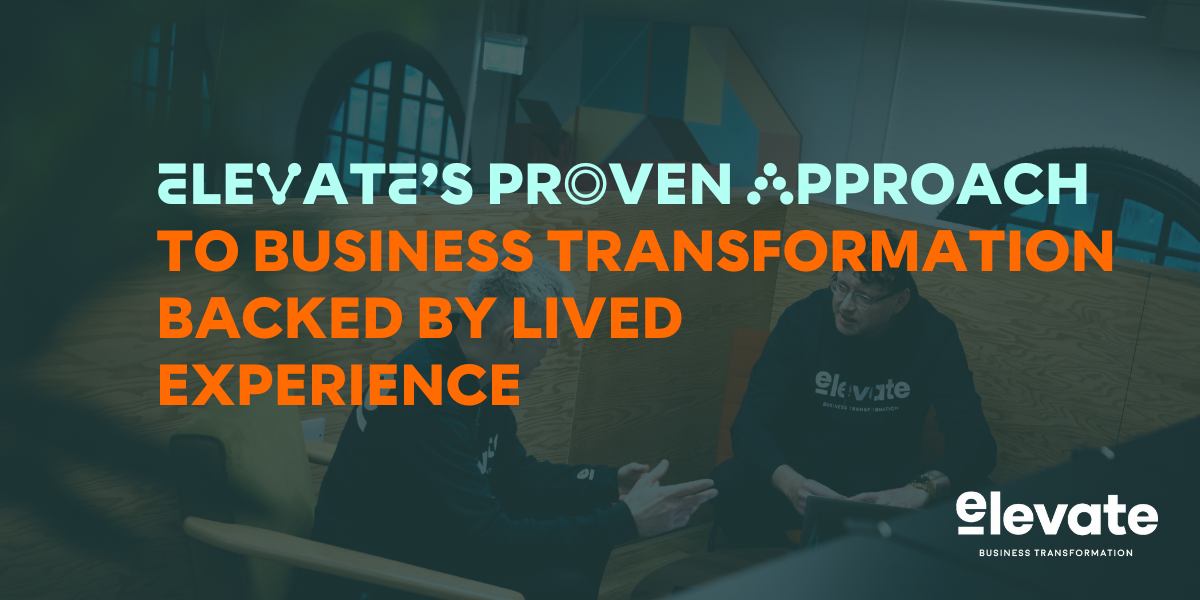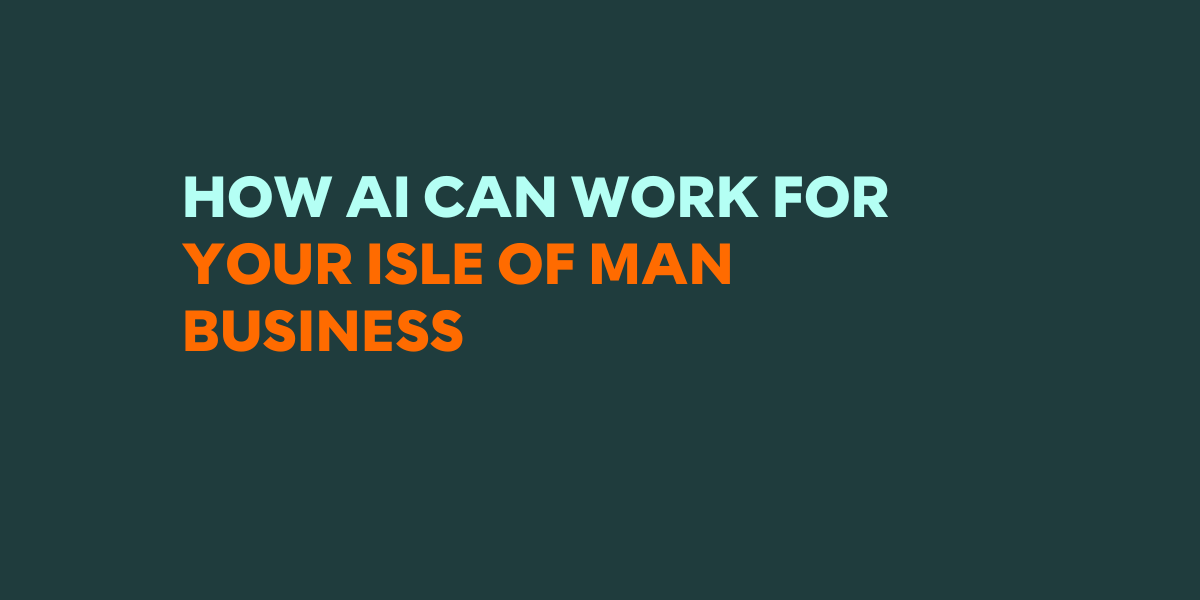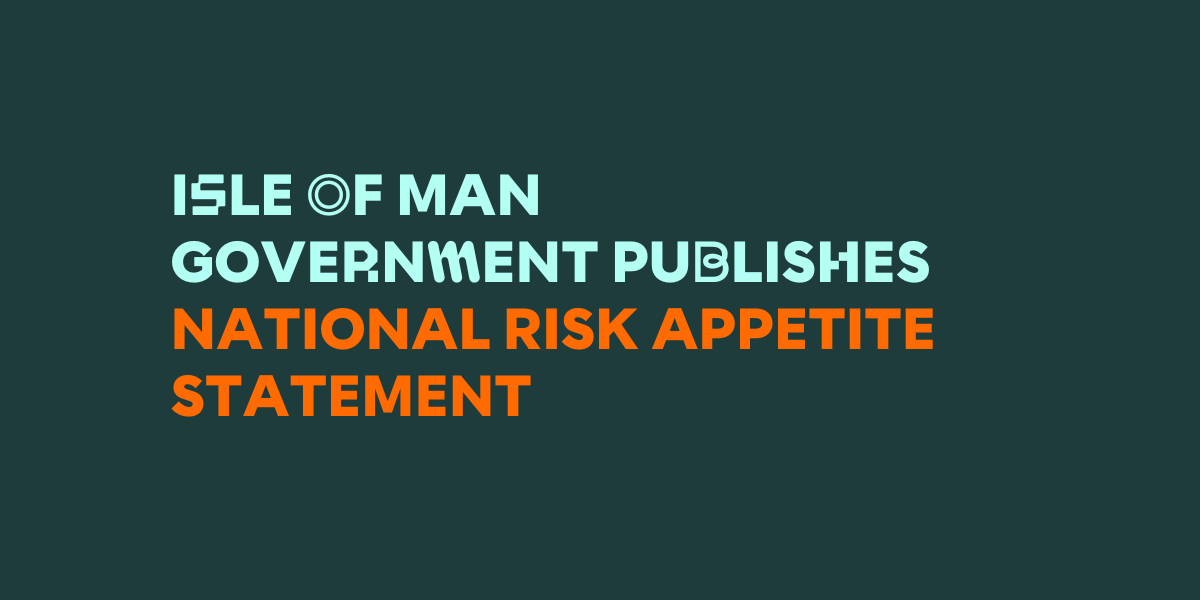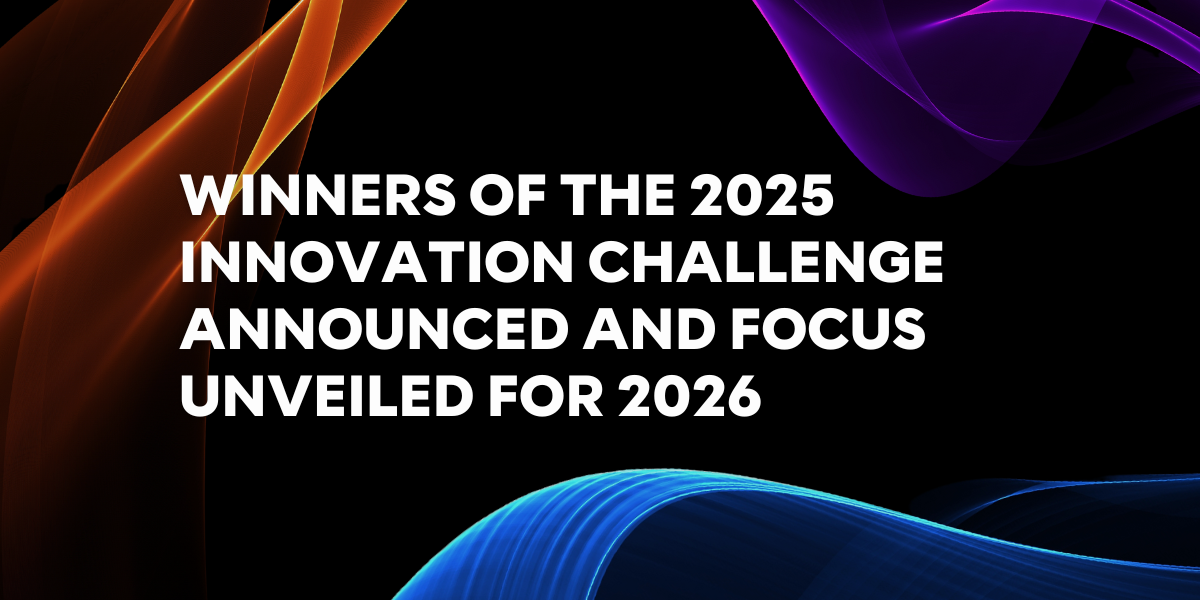Quanta's Guide to Buying Ethereum
28 June 2019

In the latest Digital Matters, Marketing Executive at Quanta, Aaron Cottam, gives us his guide to buying Ethereum.
By now, most people have in some way heard about the blockchain revolution - whether it’s local establishments accepting payments in Bitcoin, or Quanta operating the world’s first licenced blockchain lottery, blockchain technology is appearing everywhere we look. However, for such a significant technological breakthrough, it is unnecessarily difficult to get into.
This article aims to help you overcome the barriers to entry and become a part of the crypto revolution by getting your hands on some Ethereum - the easiest way.
But why even purchase cryptocurrency in the first place?
First, let’s have a look at why this technology has the potential to change the world as we know it; there’s a reason why people are rushing to strike while the iron’s hot!
The initial premise for the creation of Bitcoin - the first cryptocurrency - was to allow for there to be a decentralised currency operating without the interference of banks and middlemen. This idea brings with it a plethora of benefits such as the potential for global, borderless adoption and eliminating the need for trust in third parties. It is the latter benefit that has caused somewhat of an explosion of potential use cases for decentralised blockchain technology. Fast-forward a couple of years and there are now companies using blockchain in a huge range of applications such as supply chains, personal data protection, cloud storage and music metadata to name a few. As mentioned above, Quanta are a Manx company who are using blockchain technology to run an online lottery site accepting both Bitcoin and Ethereum!
The reason why blockchain can be used in this way is because of the inherent transparency it brings. Blockchain can be thought of as a ledger which keeps track of financial transactions. The thing that separates blockchain from traditional ledgers is that all transactions are public and must be confirmed by nodes all over the world before they are completed. This means that it is impossible to register fraudulent transactions, double-charge or otherwise attempt to manipulate the system. It is a global collaboration on an epic scale.
So how do we go about getting hold of crypto? It all starts with an “exchange”.
Exchanges come in all shapes and sizes, and can definitely be a daunting thing to navigate alone. Some range from simplistic websites with familiar-looking UIs, to claustrophobic pages reminiscent of stock trading charts. Most exchanges work in the same basic way though - you create an account, deposit traditional currency (known as “fiat”), and exchange your currency for your crypto of choice.
Choosing an exchange for the first time can be somewhat likened to getting lost in a maze, but let this article be your crypto-compass! Make sure to conduct your own research before choosing the one which is right for you. Many exchanges also enforce minimum deposit amounts, so keep this in mind! Some have very modest minimum deposits (around £20), whilst others can be as high as over £1,000!
Some notable exchanges to review include CEX.io, Lykke and Binance. Or, for those who like to shop local, Manx exchange CoinCorner allows you to purchase Bitcoin with your debit card and is extremely simple to use!
The first obstacle to navigate is the creation of an account. Each exchange has different requirements for signup - most require detailed information including photographic ID. It is usually the more credible exchanges which have more stringent signup procedures, so it’s probably best to have an ID handy for when you create your account, to ensure you are as protected by regulation as you can be.
Let’s use CEX.io as an example for buying Ethereum. The website first asks you for your email and to set a password - pretty standard stuff. The exchange will then send you a confirmation email. After clicking the link, your account will be activated. This is where the high-security stuff comes in - you will need to enter your phone number and receive an activation text, much like the email activation process. This is all to prevent people from registering multiple accounts on the same exchange.
You are also required to provide a picture of your passport (or other photo ID), a selfie of you holding the ID, and also an image of the bank card you intend to use for depositing fiat currency. The process may seem stringent, but it is the mark of a secure and trusted exchange.
Once the signup process is complete (you may have to wait a day or so for the exchange to review and approve your information), you can deposit money with your credit/debit card and exchange it for Ethereum! You may even send your crypto directly to your wallet address (creating a wallet is covered later in this article).
So, we’ve already accomplished a lot! We’ve got an approved account with a trusted exchange and we’ve purchased some Ethereum. Now what?
The next step is to establish a personal cryptocurrency wallet. This is as simple as downloading an app and clicking “create wallet”. As with choosing an exchange, make sure to do some research, as different wallets can serve different purposes and have different security/protection capabilities. If your device of choice is an Android or iOS phone, some good user-friendly wallets include Jaxx Liberty, Infinito and Coinbase Wallet. As for desktop-based wallets, you can try Exodus or Jaxx Desktop.
The creation of a wallet is usually extremely easy. In the case of Coinbase Wallet, you simply download and open the app, create a username and you’re done. It then takes you to the Wallet page which shows you your current balance (in USD by default, this can be changed in the settings), any coins you currently have in your wallet, and two buttons - “Send” and “Receive”. This is how most of the interaction with the wallet is done. You can send funds to other wallets, and clicking the “Receive” button will bring up a list of currencies to choose from. If you select ETH from the list, the wallet will display your ETH address.
It is extremely important that you keep the details of your wallet secure - if someone gains access to your wallet they could take your funds and there is very little chance of getting them back!
The final step is to transfer your crypto from the exchange to your wallet. On the exchange website, there will be an option to withdraw your funds. From here, you can enter the address of your wallet. Typically after clicking the withdraw button, you are required to select the currency you wish to withdraw. If you select “ETH” as the currency for example, there will be a text box to type your address into. Copy your ETH wallet address (from Coinbase Wallet for example), paste it into the text box and your ETH will be sent to your wallet address.
Once the ETH is in your personal wallet, the funds are yours to do with as you please!
Quanta are a blockchain-based lottery company based in the Isle of Man. They are the first fully-licensed blockchain lottery in the world, and are using blockchain technology to create a provably fair and unmanipulatable platform for their games. Their first lottery draw was on Friday 25thJanuary 2019. You can learn more about Quanta and their prize Draw by visiting myquanta.im/get-started





